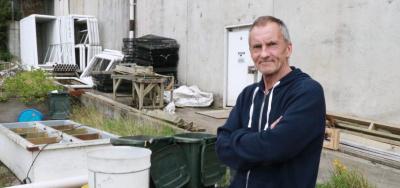“This is the start of something very significant,” Primary Industries Minister Nathan Guy said in April 2015, at the official opening of a new mussel hatchery near Nelson.
Guy was the star guest at the launch of the Shellfish Production and Technology New Zealand (SPATnz) facility at Cawthron Aquaculture Park, at Glenduan, just north of Nelson. The purpose-built hatchery had a bright future, considering the Ministry for Primary Industries (MPI) and seafood giant Sanford had committed $13 million each to the venture.
The hatchery ticked all the Government’s boxes. It was a regional research facility focused on high-value shellfish, built to produce reliable, year-round supplies of baby mussels, or spat, to be farmed in ever-increasing numbers and sent overseas.
“It just goes to show how much Nelson has going for it in terms of science, technology and innovation,” Guy gushed, according to a Nelson Mail report.
What Guy didn’t mention was that another significant event was happening at Cawthron Aquaculture Park.
Newsroom can reveal that scientific experts considered the aquaculture park to be infected in a hushed-up biosecurity outbreak being investigated by Guy’s ministry. The biosecurity response delayed the construction of SPATnz hatchery’s outdoor ponds, used as a land-based nursery.
Continue to the full article || April 26, 2018 |||
Run your news & updates on MSCNewsWire

